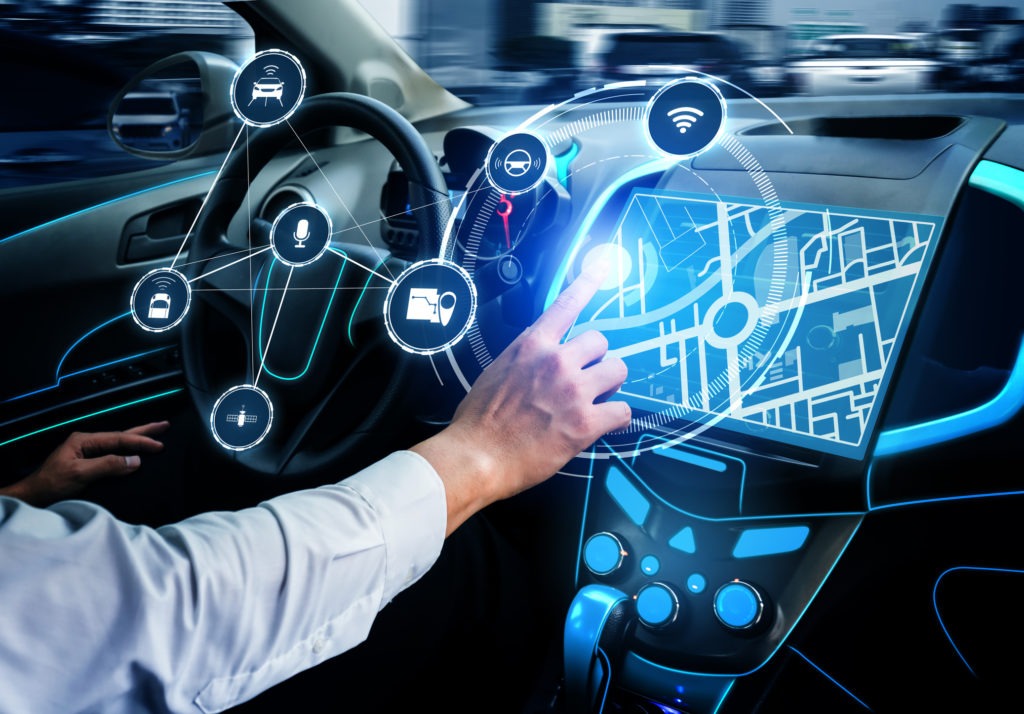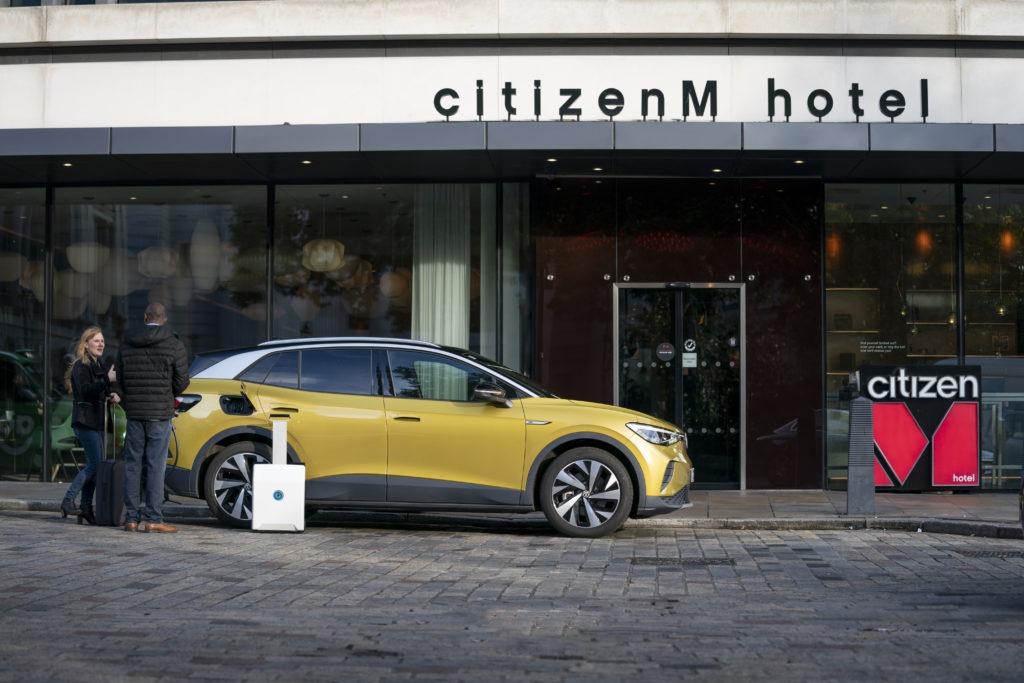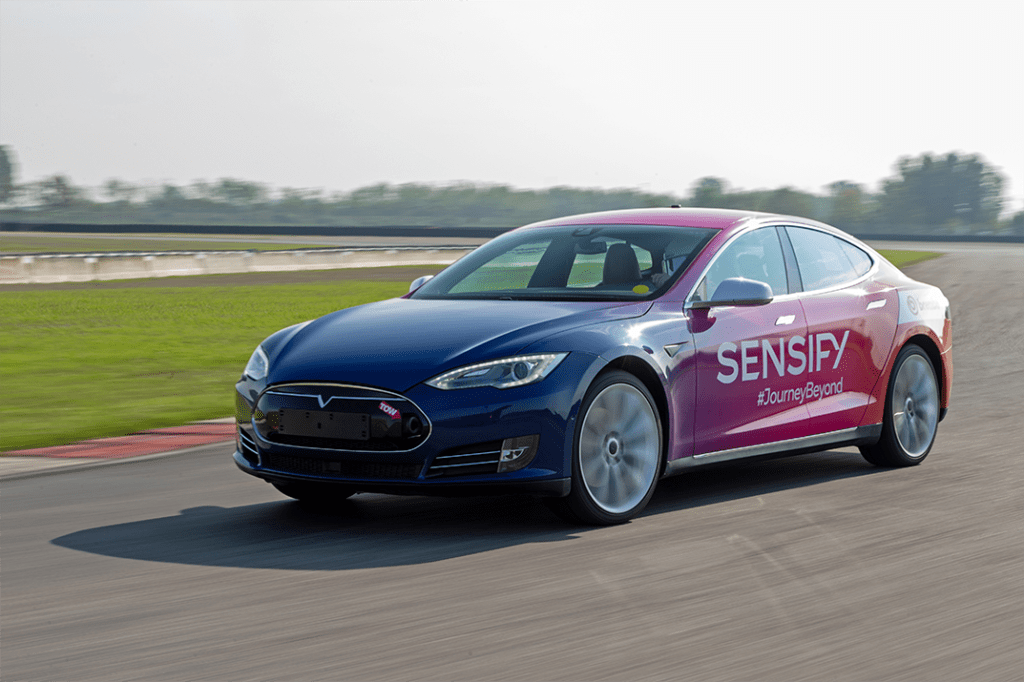Could connected vehicles communicate with at-risk pedestrians?
17 November 2021

Honda and SoftBank are working on case-based verification of alert systems which could reduce collisions between pedestrians and vehicles. The use cases utilise 5G mobile capabilities and vehicle-to-everything (V2X) communications.
These technologies can connect vehicles, allowing them to share information about local at-risk pedestrians who may step out into the road. Even more impressively, these systems are also capable of sending an alert directly to the pedestrian’s phone, informing them of oncoming traffic.
This work is being carried out using the carmaker’s recognition technology, as well as SoftBank’s 5G standalone experimental site installed at Honda’s Takasu proving ground in Japan. Verifying the potential of these systems is taking place across three specific use cases, a process the pair hope to complete before 31 March 2022.
A visible pedestrian
In the first use case, the pedestrian can be seen from the moving vehicle. When the onboard camera recognises a collision risk, such as the pedestrian walking onto the road, the vehicle sends an alert to the person’s mobile directly or via a multi-access edge computing (MEC) server.

This digital heads-up would provide the pedestrian with additional stimuli, helping prevent them from stepping out into the road. This could be enormously useful in situations where the person walking might not notice the oncoming vehicle or could even be distracted by their phone.
An obscured pedestrian
In Honda and SoftBank’s second scenario, the pedestrian cannot be seen from the moving vehicle due to an obstacle, such as a parked car. So, the moving vehicle checks with nearby mobile devices and other passing cars as to whether a pedestrian is obscured from vision. Again, if there is someone on foot just out of view, an MEC server can send an alert to the pedestrian and as well as the vehicle.

If there is a pedestrian in the poor visibility area, the technology alerts both the pedestrian of the approaching vehicle and vice versa. If there is a second car, capable of seeing the obscured person, it can notify those out of the line of sight.
Areas of poor visibility
The third use case involves vehicles communicating about areas of poor visibility directly to the MEC server. This data is then organised by the system and communicated with nearby vehicles. This means when a vehicle is alerted of an area with poor visibility, it can check with the server about the presence of any pedestrians. If there are any present, the MEC server can then send an alert to both the pedestrian and the vehicle.

The key to these capabilities is high-speed data communication between the MEC server, vehicles, and pedestrians. So as is demonstrated within the third use case, it becomes possible to relay an area of poor visibility to vehicles not equipped with a camera. This means connected vehicles fitted with recognition units are technically able to share the benefits of their systems with other road users.



